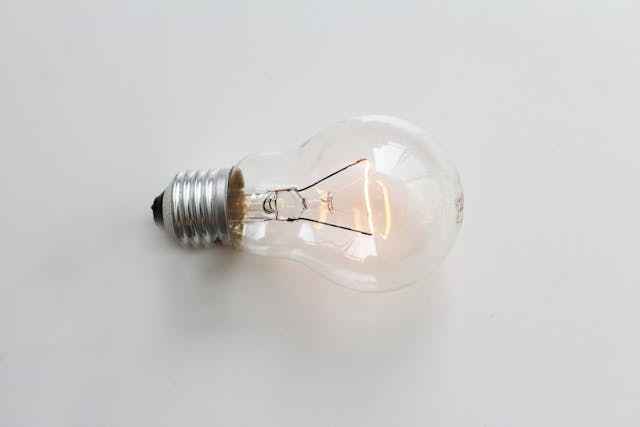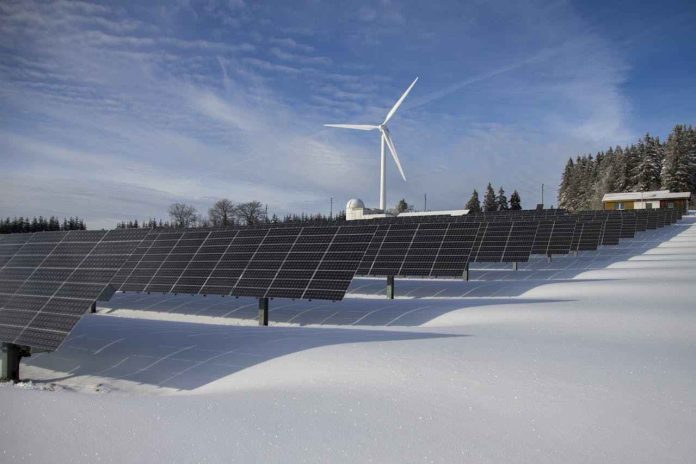In today’s world, where energy consumption is a significant concern, finding affordable and sustainable alternatives for powering our homes has become imperative.
With rising electricity bills and environmental consciousness on the rise, many homeowners are turning to alternative energy sources to meet their power needs.
In this article, we’ll explore five affordable energy alternatives for your home, ranging from solar and wind power to geothermal heating and more.
Table of Contents
1. Solar Power: Harnessing the Sun’s Energy
How Solar Panels Work
Solar panels work by capturing sunlight and converting it into electricity through photovoltaic cells. These cells, typically made of silicon, generate direct current (DC) electricity when exposed to sunlight.
Pros and Cons of Solar Power
Pros:
- Renewable and abundant energy source
- Reduces electricity bills
- Low maintenance requirements
Cons:
- High upfront costs
- Weather-dependent
- Requires adequate sun exposure
Cost Considerations
The cost of installing solar panels can vary depending on factors such as the size of the system, location, and available incentives or rebates. However, the long-term savings on electricity bills often outweigh the initial investment.
2. Wind Power: Utilizing Wind Turbines for Electricity
Understanding Wind Energy
Wind power involves harnessing the kinetic energy of wind through wind turbines to generate electricity. Wind turbines consist of blades that rotate when the wind blows against them, powering an internal generator to produce electricity.
Advantages and Disadvantages of Wind Power
Advantages:
- Clean and renewable energy source
- Suitable for rural areas with ample wind resources
- Can supplement grid electricity
Disadvantages:
- High initial costs for installation
- Noise and visual impact
- Dependent on wind speed and consistency
Installation and Maintenance
Installing a residential wind turbine requires careful consideration of factors like local zoning regulations, wind speed, and available space. Regular maintenance is necessary to ensure optimal performance and longevity of the turbine.

3. Geothermal Heating and Cooling: Tapping into the Earth’s Natural Heat
Geothermal Systems Explained
Geothermal heating and cooling systems utilize the stable temperature of the Earth’s subsurface to provide efficient heating and cooling for homes. These systems circulate fluid through underground pipes to exchange heat with the surrounding soil or water.
Benefits of Geothermal Energy
Benefits:
- Highly efficient heating and cooling
- Lower operating costs compared to traditional HVAC systems
- Minimal environmental impact
Installation Process and Costs
While the initial cost of installing a geothermal system can be higher than conventional heating and cooling systems, the long-term savings on energy bills often make it a cost-effective investment. Installation involves drilling boreholes or trenches for the underground piping network.
4. Biomass Energy: Using Organic Materials for Heat and Electricity
What Is Biomass Energy?
Biomass energy involves using organic materials such as wood, crop residues, or animal waste to generate heat or electricity through combustion or biochemical processes.
Sustainability Aspects
Biomass energy is considered renewable as long as the organic materials are replenished through sustainable forestry or agriculture practices. However, concerns exist regarding emissions and land use impacts associated with biomass production.
Conversion Technologies and Applications
Various technologies, including stoves, boilers, and biogas digesters, can convert biomass into usable energy for heating, cooking, or electricity generation. Biomass energy can be particularly beneficial in rural areas with abundant organic waste resources.
5. Hydropower: Generating Electricity from Flowing Water
How Hydropower Works
Hydropower involves capturing the energy of flowing water, such as rivers or streams, to generate electricity through turbines connected to generators. Large-scale hydropower plants are common, but micro-hydropower systems can also be installed for residential use.
Environmental Impacts
While hydropower is a clean and renewable energy source, it can have significant environmental impacts, including habitat alteration, fish migration barriers, and downstream water quality effects. Careful planning and mitigation measures are necessary to minimize these impacts.
Scale and Feasibility for Home Use
For homeowners with access to flowing water on their property, micro-hydropower systems can provide a reliable source of electricity. However, site-specific factors such as water flow rate and elevation change must be considered to determine feasibility and cost-effectiveness.
Comparing the Affordability and Effectiveness of Each Alternative
When considering which energy alternative is best suited for your home, it’s essential to weigh factors such as upfront costs, long-term savings, environmental impact, and site-specific considerations.
Each option has its advantages and challenges, so thorough research and consultation with experts can help you make an informed decision. Platforms like energyhelpline.com provide valuable resources and comparison tools to assist homeowners in evaluating different energy options and finding the most suitable solution for their needs and preferences.
Exploring affordable energy alternatives for your home can not only reduce your carbon footprint but also lower your energy bills and increase energy independence. Whether you opt for solar, wind, geothermal, biomass, or hydropower, transitioning to renewable energy sources offers numerous benefits for both homeowners and the environment.














